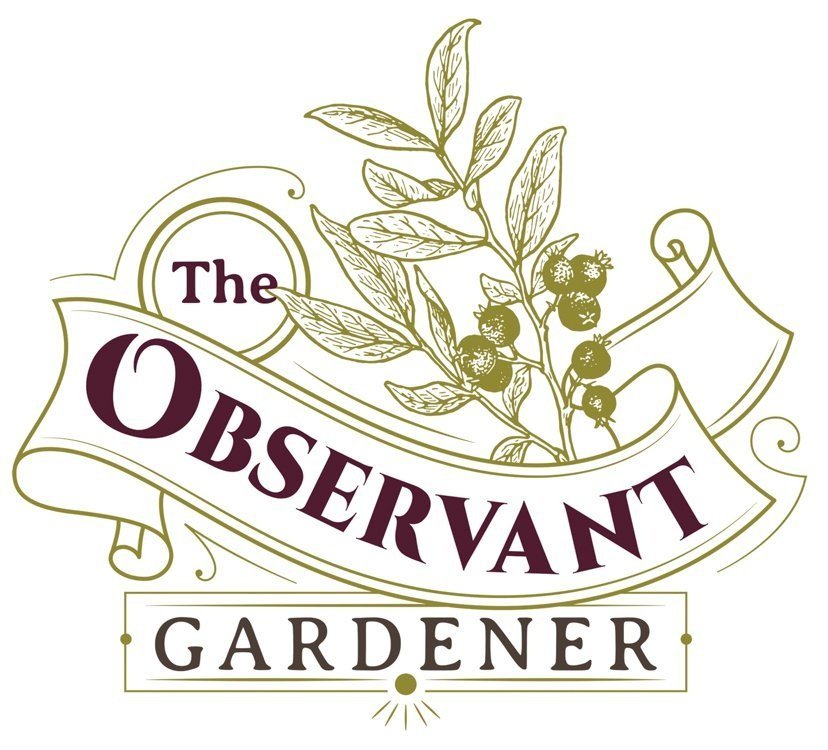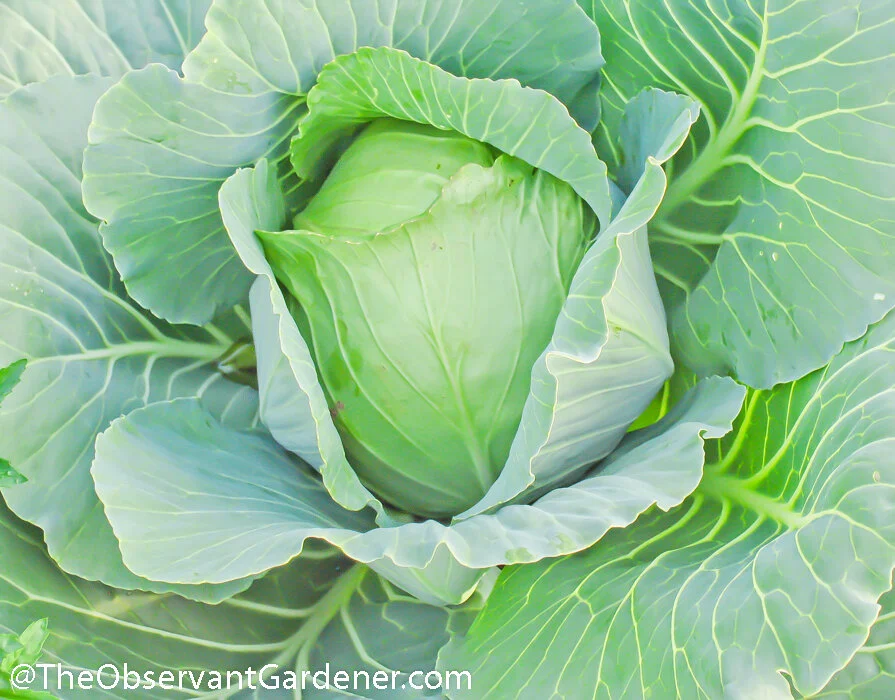The first gatherings of the garden in May of salads, radishes and herbs made me feel like a mother about her baby—how could anything so beautiful be mine?
- Alice B. Toklas
I discovered the beauty of vegetables by growing them. For years I grew only flowers, but one day I decided to grow vegetables in order to see them in their natural state. Too many vegetables in the supermarket are cut up and wrapped; they are only a small part of the whole plant.
Growing vegetables from seeds is magical. A tiny seed contains an amazing amount of energy and potential. A small plot of dirt, carefully tended, can yield a bounty of attractive and nourishing plants. I observe their forms carefully as I perform my routine garden chores and appreciate their appearance as nature intends it.
Observe Vegetables in the Garden
Before I started growing vegetables, I had never seen an entire broccoli plant in a garden. The broccoli crown, the part we eat, emerges in the center of a majestic plant with silver green leaves that reach out in a circular pattern for about three feet. It looks like a miniature helicopter, ready to spin its leaves and levitate!
I discovered that cabbages have a rosebud shape with many curves and swirls in addition to impressive spreading leaves. While I think all cabbages are beautiful, certain varieties of red cabbages stand out, with lavender veins and pale blue leaves. Another fascinating cabbage is the Savoy, with its crinkly texture.
Swiss chard has large leaves with veins that can be either green or dark red. Lacinato kale, on the other hand, has long thin leaves and light veins. Squash has vines that stretch over the garden, reaching with their tendrils and showing off dozens of bright orange flowers. Sugar snap peas cling to the trellis, producing dozens of white flowers that turn into delicious pods. Lettuces start from tiny seeds and grow into plants with delicate leaves.
Brussels sprouts grow on tall stalks with large, curving leaves, not looking at all like the small round objects that we see in the supermarket. Okra produces yellow blooms that are similar to the hibiscus, which turn into pods that can be green or burgundy. Tomatoes come in many sizes, shapes and colors. The variety of vegetables is almost endless.
Notice the Details in Vegetables
Early morning and dusk are the two times of day when I like to observe my plants. I bend down low to get close to them. Their different shapes and sizes, their coloring and even the details of the veins in the leaves amaze me.
These observations, studying highlights and shadows, curves and shapes, have made me realize the perfection of nature's designs. That vegetables sustain us spiritually and nutritionally makes them special. As I eat the vegetables I grow, they burst with flavor, moisture and tenderness. My relationship with my garden and its bounty is reciprocal: I nourish my plants as they grow and in turn, they nourish me.
This article also appears in The Laurel of Asheville. Follow @TheObservantGardener on Instagram to see new garden photos daily!

